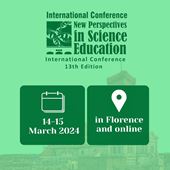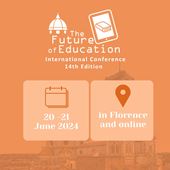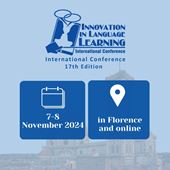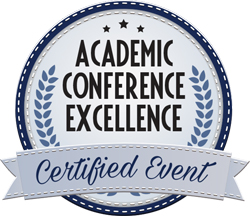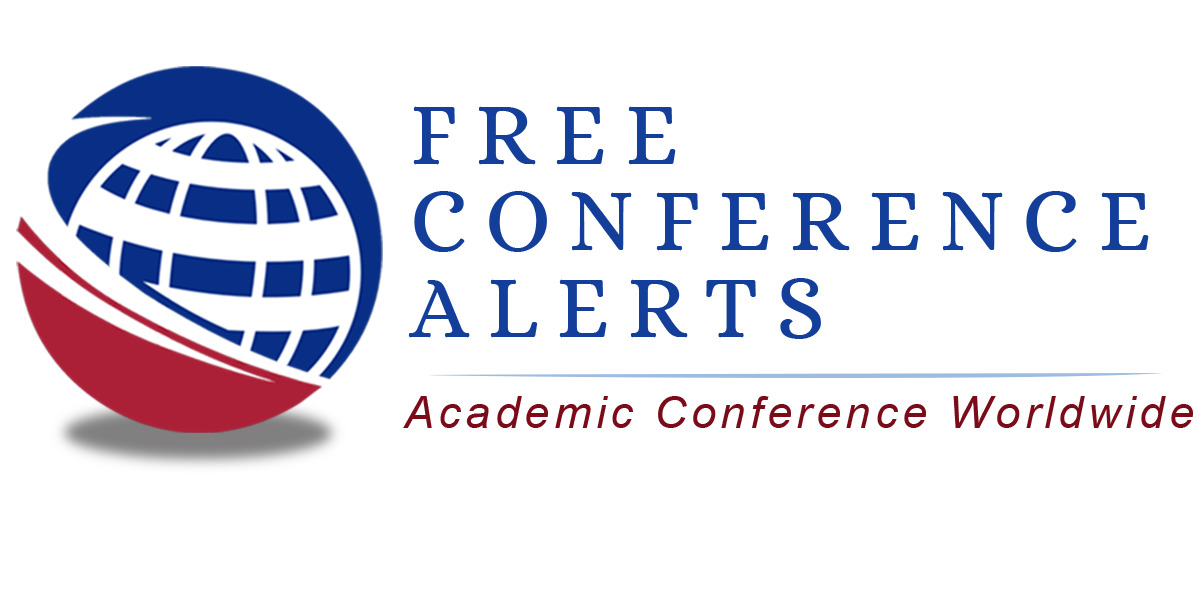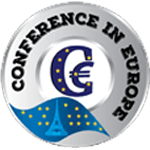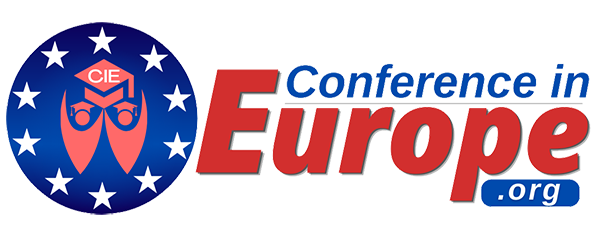Energy Umbrella as a Vector to Enhance Interest in STEM Education.
Miriam Martínez Muñoz, University of Alcalá (Spain)
Abstract
As technology evolves and advances, STEM (science, technology, engineering, and math) education becomes increasingly essential. By integrating it into the classroom, it provides opportunities to prepare new generations to face important challenges. It requires the use of innovative and alternative teaching and learning methods, such as projects, labs, and technology tools. And it allows the development of skills such as analysis, documentation and problem solving, supporting them to deal with situations in their daily lives.
The STEM method is a teaching-learning method that is based on the idea of educating students in four specific disciplines; Sciences, Technology, Engineering and Mathematics (in English Science, Technology, Engineering, Maths; STEM).
The four subjects are taught in an integrated way seeking a direct application in the real world, which makes it possible to “discover hidden skills and abilities in students”.
With this methodology, students get used to working as a team, making joint decisions when faced with investigations, carrying out collaborations and making hypotheses. Likewise, this educational system is capable of increasing creativity when solving problems, improving individual critical thin-king, improving self-esteem and boosting communication skills.
This article will present a STEM project developed in the 4th ESO physics class that consists of the construction of an energy umbrella that would help to increase the percentage of electricity generated in a sustainable way and provide savings in electricity, since it would allow energy self-sufficiency.
Keywords: Education, STEM
References:
[1] Izquierdo, Espinet, García, Pujol, & Sanmartí, 1999
[2] Rogoff, 1994
[3] Duschl & Grandy, 2012
[4] Crujeiras & Jiménez-Aleixandre, 2012
 New Perspectives in Science Education
New Perspectives in Science Education
